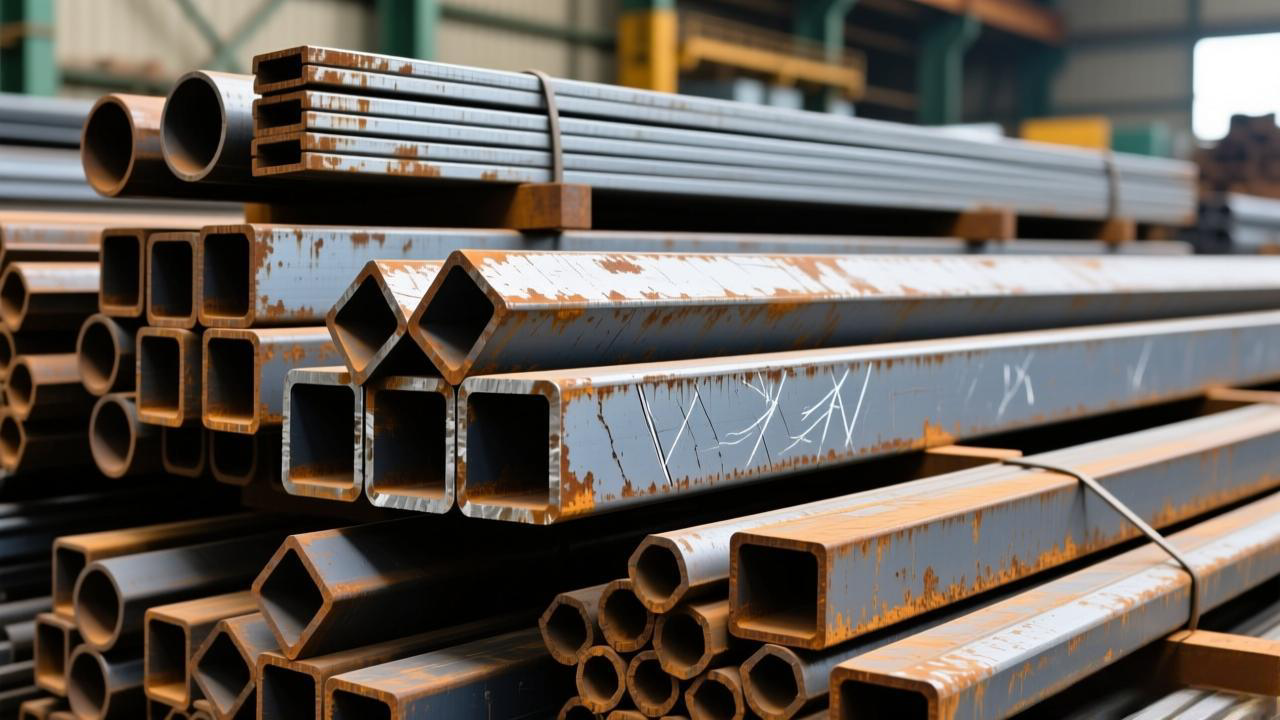1、 Price trend: oscillation pattern under the interweaving of long and short positions
International steel prices are under pressure and declining
The Global Steel Price Index (CRU) has recently shown a fluctuating and weak trend, with the composite long and flat steel indices falling for several consecutive days. The prices of mainstream varieties such as rebar and hot-rolled coils are under significant pressure. For example, on October 21st, the comprehensive long material index decreased by 0.15% month on month, the flat material index decreased by 0.16%, and the rebar index decreased by 0.19%.
The Southeast Asian steel billet market has sluggish trading, with China's quotes for Jakarta, Vietnam, and other places maintaining a CFR level of $453-455 per ton. However, weak demand has led to sluggish transactions. The export price of Russian billet further declined, and the shipment quotation in November fell to 434-435 US dollars/ton FOB Black Sea. There was no new deal in Türkiye and Egypt due to weak tariff and demand. 3.
Signs of short-term stabilization in domestic prices are emerging
The export price of Chinese hot-rolled coils has slightly increased under the boost of the futures market, and private steel mills have maintained a FOB range of 461-475 US dollars/ton, but actual transactions are still mainly based on small order testing.
The rebar market has been affected by Tangshan's production restriction policy, and prices in some regions have stopped falling and stabilized. However, high inventory pressure still restricts the rebound space.

2、 Policy and Trade Friction: New Challenges Facing Global Markets
US tariff escalation and China's countermeasures
The United States has announced a 100% tariff on all Chinese goods starting from November 1, 2025, while China has announced special port fees for American ships, which may increase the cost of iron ore transportation and intensify pressure on domestic steel companies.
This policy has triggered global market volatility, putting short-term pressure on international steel prices, but in the long run, it may stimulate companies to rush for exports ahead of schedule, resulting in a temporary supply-demand mismatch.
EU strengthens trade barriers
The EU plans to reduce the duty-free quota for steel by 47% to 18.3 million tons, double the tariff for exceeding the quota from 25% to 50%, and mandate disclosure of the origin of steel "melting and casting" in an attempt to restrict Chinese steel imports.
This policy has already had an impact on countries that rely on the EU market, such as the UK and South Korea. The UK steel industry is facing a crisis, and South Korea is urgently seeking buffer space.
Multiple countries initiate anti-dumping investigations
Thailand imposed a 19.19% anti-dumping duty on China's special iron and steel pipes, Vietnam imposed a 62.5% tariff on China's steel track shoes, and Guatemala made a negative anti-dumping final ruling on China's galvanized steel plates, exacerbating trade frictions and global market differentiation.
3、 Regional Market Differentiation: Emerging Demand Becomes a Growth Engine
The performance of the Middle East market is impressive
Saudi Arabia and the United Arab Emirates have strong demand, with China's steel exports to Saudi Arabia increasing by 24.5% and exports to the United Arab Emirates increasing by 10.7% from January to September 2025.
Saudi Arabia's "2030 Vision" promotes investment in infrastructure and manufacturing, with demand for construction steel such as rebar and hot-rolled coils accounting for over 70%.
India's export volume hits 18 month high
In September 2025, India's steel exports reached 1.07 million tons, an increase of 24% compared to the previous month. The export volume of hot-rolled coils surged by 50%, with demand from the European Union and Ukraine being the main support.
Southeast Asian market is sluggish
The typhoon and the release of local production capacity have led to a contraction in import demand in countries such as Vietnam and the Philippines, and a slight decrease in Chinese steel billet prices is still difficult to boost transactions.
4、 Enterprise dynamics and technological innovation
Accelerating Green Transformation
Sarralle, a Spanish company, has partnered with Japanese gas company to successfully implement a hydrogen combustion system at ArcelorMittal steel plant, achieving zero carbon emissions from steel rolling heating furnaces and becoming one of the first hydrogen based decarbonization projects in Europe.
Capacity adjustment and mergers and acquisitions
Kardemir Steel Plant in Türkiye raised the factory price of deformed steel bars and wire rods to give priority to the local market; Germany's Senkrupp Electric Steel Company suspends operations at its Gelsenkirchen factory, facing the risk of 1200 layoffs.
Transformation of Export Strategy for Chinese Steel Enterprises
In response to tariff barriers, Chinese steel companies have turned to exporting steel billets (with a growth rate of 215% from January to September) and high value-added products (coated plates, structural steel) to explore emerging markets in the Middle East and Southeast Asia.
5、 Supply and demand outlook: short-term pressure, long-term structural recovery
Demand side: Global steel demand is expected to remain stable in 2025 and 2024 (approximately 1.75 billion tons), with a moderate rebound of 1.3% in 2026. China's demand has decreased by 2%, but developing countries such as India and Vietnam have grown strongly, contributing over 60% of global growth.
Supply side: Domestic crude steel production decreased by 2.5% year-on-year, but high inventory pressure still exists; International steel companies have optimized their structure through production restrictions and mergers and acquisitions, and some companies' profits have been restored due to a decrease in raw material costs (iron ore has decreased by 20% -30%, coke has decreased by 50%).
Post time: Oct-30-2025

